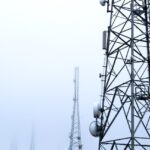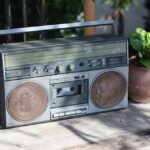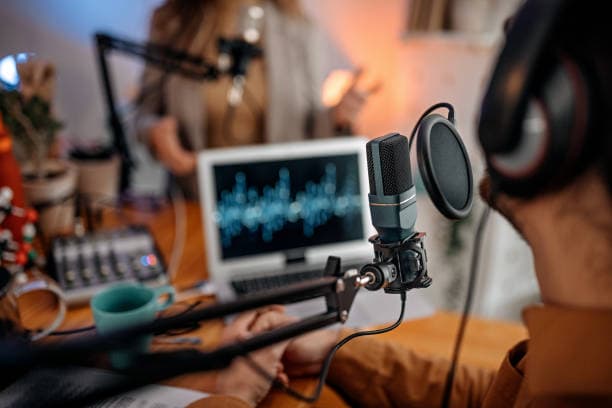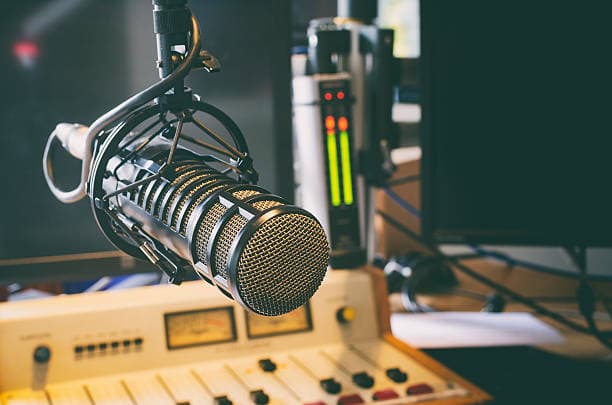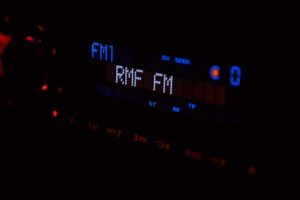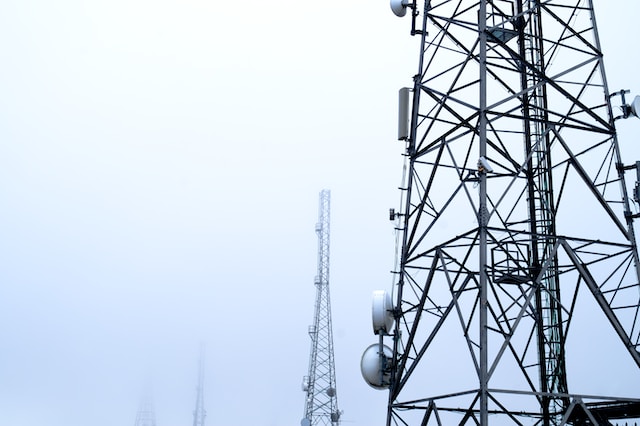Flipping through the “portal” articles of previous years, I was surprised that the article “UHF radio. Some technical details”, not a single comment, although, it would seem, it should be of interest to many people, because the good half of the article, namely the description of modulation types – applies to all “traditional” analog radios of any band, starting from the lower KV.
Unfortunately, the article doesn’t say a word about the fact that in civilian radio communications (whether CB, LPD or PMR), and by the way, in professional radio communications too, the main thing is not the range, but the intelligibility and stability, because these types of communications are utilitarian. In contrast to the amateur radio, where DX-QSO with, say, one of the islands of Polynesia “from the third run” barely over the noise of the air – it is an unequivocal success.
Only in passing we will touch on the fact that single-band (SSB) radios have many times more significant cost. Because formation of this type of modulation requires more complicated technical solutions, first of all related to the requirement of a very stable frequency retention in all operating modes, ranging from sudden temperature changes during a communication session (left the house in the frost) and ending with power “drawdowns” during the transition from reception to transmission. If the frequency shifts by just a few tens of hertz, you will hear a “robot-like” voice of your interlocutor. That’s why all single-band radios have a “fine” frequency tuning device.
However, this is the end of the “disadvantages” of SSB radios. But they have a lot of advantages. Despite the fact that SSB modulation is amplitude modulation, so it “catches” all noise of amplitude nature, compared to “classic” amplitude modulation (AM), these noise on the receiving end will have half the power, because one SSB band is twice as small as the double band of classic AM: that is, half the noise is cut off. It’s not hard to guess that because there is one band instead of two, the sensitivity of the single-band receiver, limited by the internal noise of its first stage, will also be twice as high. And in the transmit mode, compared to the same AM, a single-band transmitter of the same power is almost four times better: twice as much due to the fact that the signal again occupies only one band of two, and about twice as much due to the fact that half of the AM transmitter power goes to the “useless” carrier frequency modulated by the audio signal. Total total by total power of radio channel SSB in theory wins from AM 2x2x2x2=16 times! This can be disposed of in different ways: either to “shoot” further, or – on the same amount, but with cardinally reduced transmitter power, many times increasing the operating time of the radio on the same set of batteries, if it is portable. Another option is to get the transmission range as on AM (but with less interference), using full transmitter power and a couple or three times shorter antennas (provided that there is something to match them with your radio).
That’s the arithmetic
However, the multiple (in practice – still much lower than 16) benefit of the SSB over AM is possible only on the VHF and “upper” SW bands (including CB) away from cities and industrial sites, near which the industrial noise is ten times greater than the internal noise of electronic components and noise of “pure” ether, completely nullifying our energy advantage.
To the disadvantage of amplitude modulation we should add another thing: if two AM radio stations, having receivers with insufficiently steep dip of the audio frequency filter at its upper boundary, “stand up” on the band with the difference of carrier frequencies about 6 kHz (that is the edges of their spectra “against each other”), besides speech you will hear the constant whistling with this very frequency: a natural “nail in the head”.
Now I understand why AM has disappeared from the amateur bands?
But then why is it still in common use by “civilian” radio operators?
More precisely, in the CB environment, because LPD and PMR are governed by narrowband frequency modulation (FM).
It’s one of the “historical atavism” caused exclusively by the tradition of using AM by the truckers, they don’t need long distances: it’s hundreds of meters to kilometers in “their” caravan; to talk for a couple of minutes with an “encounter” when both cars are going a hundred kilometers per hour to the vanishing point – 5 km maximum; to warn the caravan behind at two hundred meters about a radar or a dangerous hole in the road – 3. …4 kilometers is enough.
And because the CB is cutting into “tight” grids with the step of 10 kHz, the situation with the “whistling” of extraneous carrier frequency and “splinters” of voice signal on AM is possible only if some radios work in the standard Euro grid, and the other – in so called “Russian” (it’s also “Polish”) shifted from the European by 5 kHz.
Further, it should be said that away from the cities with the accompanying strong interference background on the CB, with AM you can conduct longer connections than with FM, which sometimes saves in all kinds of critical situations. But only if you turn off the squelch at all and try to understand unhurried speech through the constant noise of the air. Uncomfortable, but effective. And since the useful signal barely exceeds the noise power, narrowband FM becomes inapplicable in this situation: it requires quite a significant threshold of noise excess by the useful signal, having approximately the same energy as AM.
But in the radius up to this threshold, FM has an indisputable and dramatically higher quality of voice signal relative to AM, as it is virtually immune to interference of amplitude nature and is clearly preferable in cities. I suspect that the “emergency” CB channels of the standard Euroset C, 9th and 19th, are “tied” to FM precisely because of the named “resistance” to amplitude interference. Another advantage of FM is the undemanding linearity of the transmitter, since this type of modulation emits a constant signal amplitude. It is desirable to have only a good bandpass filter between the antenna and the transmitter so that in case of overload on the input of the latter, to reliably damp out the “cut” by it out of band harmonic components.
In conclusion I will mention a nuance, characteristic for absolutely all types of modulation with speech signal (including many newfangled digital), not knowing about which many are trying to argue about the quality of signal and range of radio channel, transferring all “bumps” exclusively on the type of modulation with approximately equal parameters of receivers and transmitters of different radios.
We will talk about audio signal compression and the notion of peak factor, which is inseparable from it. Let’s start from the end: the peak factor is the ratio of the maximum signal to some average signal. The smaller the ratio, the more useful power the transmitter will emit. But the trick is that the “natural” peak factor at the output of, say, a dynamic microphone (which, unlike the amplifier following it, can hardly be overloaded) reaches ten or more. What to do? This is where compression is used, i.e. non-linear amplification of the signal: when it exceeds a certain threshold, a tenfold increase of the signal turns into, say, a threefold one and a twentyfold one into a fivefold one. This eliminates the overload of the modulation amplifier and increases the peak factor. But. with all that, the high-frequency component of the speech spectrum decreases significantly on “strong” signals, which leads to a decrease in its intelligibility (muttering). Therefore, the quality of the transmitted signal in balance with its power (optimal peak factor) is in no small measure determined by the formation of also balanced with a compressor amplitude-frequency response (AFC) of the microphone amplifier. About all this do not care much in simple and therefore cheap radios, which have some “gray” parameters, allowing more to guess what your interlocutor said, rather than hear it with full clarity and at much greater distances.





